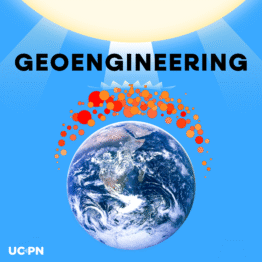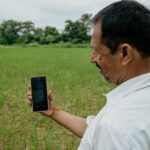By Jinny Kim
High-quality weather and climate forecasts are vital to saving lives and managing resources. As climate change accelerates and extreme weather events worsen, accurate forecasting is becoming even more urgent.
Now, researchers at UChicago’s AI for Climate Initiative (AICE) say that they are developing artificial intelligence models that will push the frontiers of weather and climate forecasts. AICE aims to use AI to augment tools for forecasting weather, assessing socioeconomic impacts of climate change, and informing mitigation and adaptation policies.
Traditional, physics-based weather models require multimillion-dollar supercomputers and take hours to produce forecasts. AI could shorten this time frame dramatically, delivering forecasts in minutes on a laptop.
“AI can help quickly zoom in this region, look at what it is, what will it look like, and then have the emergency response,” said Jiwen Fan, the deputy division director of the Environmental Science Division at Argonne National Laboratory and faculty codirector of AICE. “Extreme events prevention and mitigation often need faster response, and that’s where fast simulation is very important.”
AI has already spurred innovations in forecasting, such as Nvidia’s FourCastNet, the first AI-based weather model to produce high spatial resolution forecasts.
AICE, a joint initiative of the Data Science Institute and the Institute for Climate and Sustainable Growth, brings together experts from multiple disciplines across the University, from computer science to physics to economics. Pedram Hassanzadeh, an associate professor in the Department of the Geophysical Sciences who was involved in FourCastNet, is now the faculty director of AICE.
“In most universities, AI people do their own thing,” Hassanzadeh said. “There is no initiative that actually brings people from all these areas together under one umbrella. And I think that’s what we have at AICE.”
Currently, AI weather forecasting relies mainly on historical data to train models. However, physics-free models are not yet equipped to accurately make forecasts as worsening climate change leads to more unprecedented weather events.
One of AICE’s key focuses is to develop a model that integrates AI and climate physics to better forecast rare or unprecedented weather events as historical data become less reliable at predicting future events.
“People have already shown that, when you get to these more extreme events in a dataset, AI models fail, which may not be very important if you are trying to learn cats and dogs, and the outliers wouldn’t matter,” Hassanzadeh said. “But in weather forecasts, in climate science, the outliers are actually the most impactful [and] extreme weather events.”























